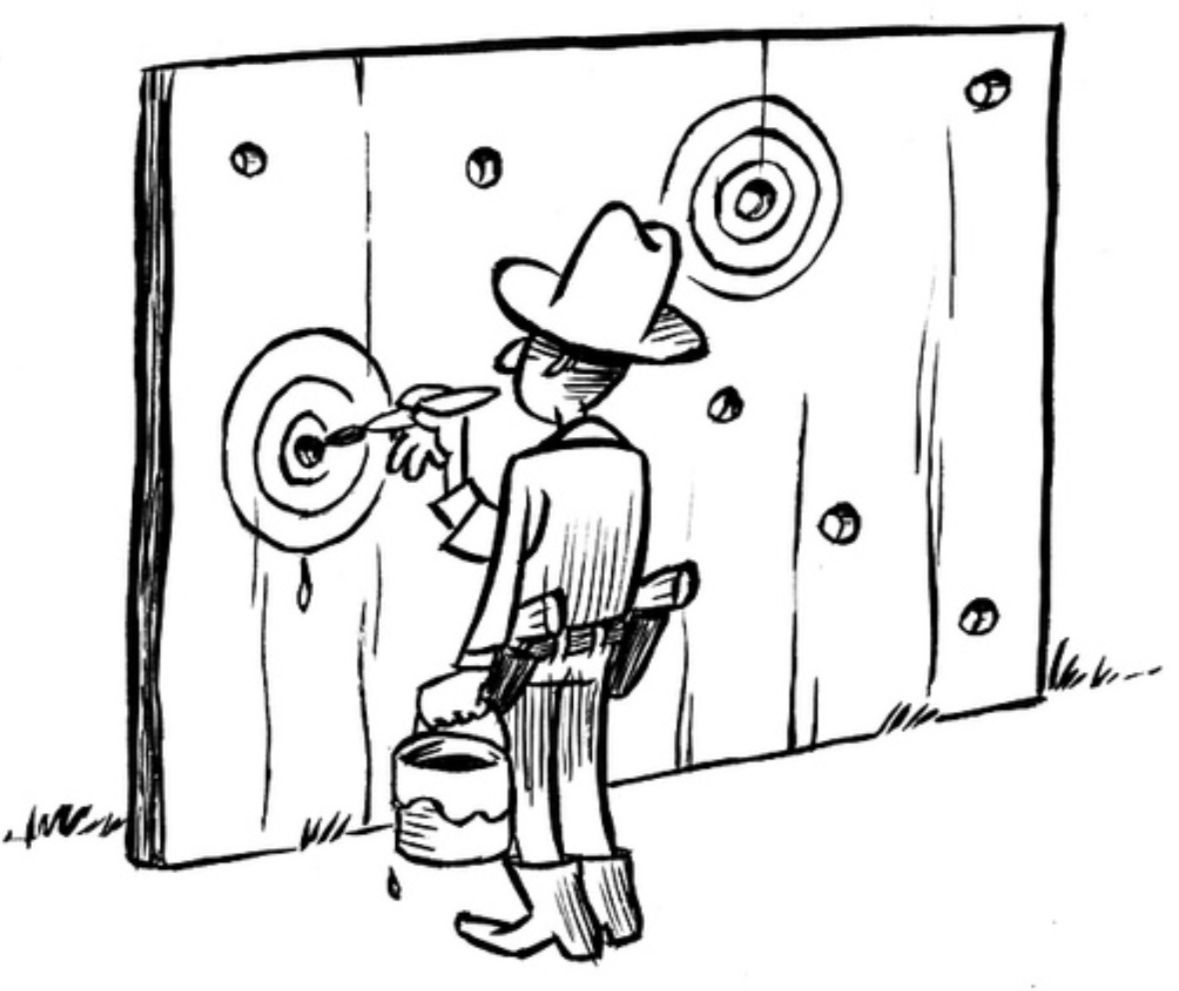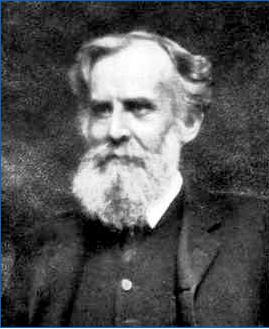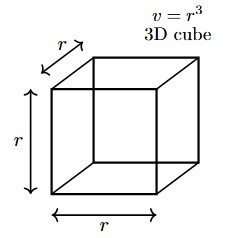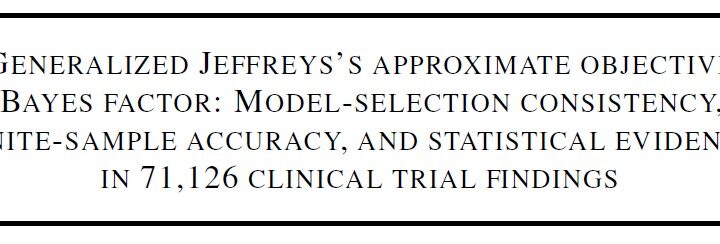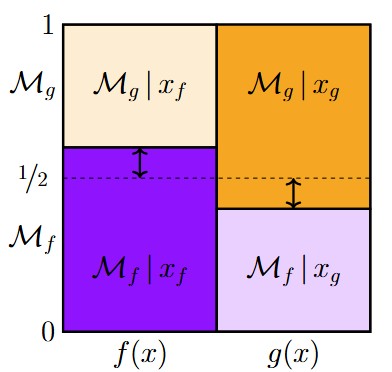The picture of the Texas sharpshooter is taken from an illustration by Dirk-Jan Hoek (CC-BY).
The infamous Texas sharpshooter fires randomly at a barn door and then paints the targets around the bullet holes, creating the false impression of being an excellent marksman. The sharpshooter symbolizes the dangers of post-hoc theorizing, that is, of finding your hypothesis in the data.
The Texas sharpshooter is commonly introduced without a reference to its progenitor.
For instance, Thompson (2009, pp. 257-258) states:
“The Texas sharpshooter fallacy is the name epidemiologists have given to the tendency to assign unwarranted significance to random data by viewing it post hoc in an unduly narrow context (Gawande, 1999). The name is derived from the story of a legendary Texan who fired his rifle randomly into the side of a barn and then painted a target around each of the bullet holes. When the paint dried, he invited his neighbours to see what a great shot he was. The neighbours were impressed: they thought it was extremely improbable that the rifleman could have hit every target dead centre unless he was indeed an extraordinary marksman, and they therefore declared the man to be the greatest sharpshooter in the state. Of course, their reasoning was fallacious. Because the sharpshooter was able to fix the targets after taking the shots, the evidence of his accuracy was far less probative than it appeared. The kind of post hoc target fixing illustrated by this story has also been called painting the target around the arrow.
The origin of the “legendary Texan” is somewhat of a mystery. Who first described the scenario? An early reference points to John Venn. Although Venn’s views on statistical inference and the nature of probability were deeply misguided –he was one of the first frequentists and hence carries part of the blame for creating the current epistemological wastelands– he did do other work that was useful; not only is he responsible for the Venn diagrams, but Wikipedia informs us that he also constructed a machine for bowling cricket balls.
Below is the relevant fragment, taken from Venn’s book “The logic of chance” (1866):
“One of the most fertile sources of error and confusion upon the subject has been already several times alluded to, and in part discussed in a previous chapter. This consists in choosing the class to which to refer an event, and therefore judging of the rarity of the event and the consequent improbability of foretelling it, after it has happened, and then transferring the impressions we experience to a supposed contemplation of the event beforehand. (…)
An illustration may serve to make this plain. A man once pointed to a small target chalked upon a door, the target having a bullet hole through the centre of it, and surprised some spectators by declaring that he had fired that shot from an old fowling-piece at a distance of a hundred yards. His statement was true enough, but he suppressed a rather important fact. The shot had really been aimed in a general way at the barn door, and had hit it; the target was afterwards chalked round the spot where the bullet struck. A deception analogous to this is, I think, often practised unconsciously in other matters.” (Venn, 1866, p. 259)
But was Venn really the first to come up with this story? The alternative expression mentioned by Thompson, “painting the target around the arrow”, suggests that the anecdote predates the invention of gunpowder. One particularly amusing recent version with arrows comes from Neuroskeptic (2012) who, inspired by Dante’s Inferno, describes nine circles of scientific hell. Neuroskeptic’s third circle is called “post-hoc storytelling”:
“Sinners condemned to this circle must constantly dodge the attacks of demons armed with bows and arrows, firing more or less at random. Every time someone is hit in some part of their body, a demon proceeds to explain at length that it was aiming for that exact spot all along.” (Neuroskeptic, 2012, p. 643)
A search for “arrow” instead of “sharpshooter” confirms that the anecdote may indeed be part of a much older oral tradition. Specifically, the relevant scenario is described in the book “The Essential Jewish Stories: God, Torah, Israel & Faith” by Rabbi Seymour Rossel. Online we find the following information:
“There’s one story in Rossel’s book about a great storyteller who always seems to have the perfect story for every moment. How is it, she is asked, that she can always come up with the right story? The storyteller, in response, tells a story.
The story is about a prince who becomes a master archer. The prince excels to such a point that he believes he’s the finest archer in the world. On his journey homeward, the prince stops in a small town to get something to drink. Across from the tavern, the prince sees a barn with painted targets along the entire side of the barn. And, there is a single arrow, dead center in every target on the barn.
How could such a master archer be living in this small town? Finally, the prince sees this young boy and asks him. “It was me,” says the boy. “Show me,” demands the prince.
They stand. The boy takes aim. The boy hits the side of the barn, far away from any of the targets. Then, the boy runs into the barn. He emerges with a brush and a can of paint. He paints a solid circle around the arrow he has just shot, then two more circles to form a target.
“That’s how I do it,” said Rabbi Rossel. “First, I shoot the arrow, and then I paint the target. That’s how every storyteller does it.” (Obtained from http://jhvonline.com/the-perfect-story-its-about-where-you-draw-the-target-p10650-147.htm)
It is likely that the scenario was already known in antiquity. In a thesis that deserves an English translation, Menke (2009) proposes that the archer/sharpshooter scenario was already described by Cicero, who wrote:
“(…) for who, if he shoots at a mark all day long, will not occasionally hit it? We sleep every night and there is scarcely ever a night when we do not dream; then do we wonder that our dreams come true sometimes? Nothing is so uncertain as a cast of dice and yet there is no one who plays often who does not sometimes make a Venus-throw and occasionally twice or thrice in succession. Then are we, like fools, to prefer to say that it happened by the direction of Venus rather than by chance?” (Cicero, 44BC, De divinatione II, 59)
However, here Cicero basically describes the multiple comparisons problem, and this problem is subtly different from the one portrayed by the Texas sharpshooter. In Cicero’s scenario, the archer first draws the target and then shoots very many arrows, possibly followed by ignoring the ones that missed the mark. The end result –deception– is the same, but the method by which this is achieved differs: the Texas sharpshooter only requires a single attempt and is therefore much more efficient than Cicero’s archer.
The effort that may be required from Cicero’s archer is aptly demonstrated by a number of YouTube videos that purport to show extraordinary levels of skill. One such video, “Amazing Ping Pong Cup Shots 9” shows 67 successful attempts of throwing ping pong balls into plastic cups from all sorts of unlikely positions and distances. The young man who throws the balls, Slade Manning, estimates that he has spend 2,000 hours on his trick shots; apparently the 3-minute video took about three years to complete. (We are grateful to Robbie van Aert for attending us to this example)
Conclusions
- John Venn describes the sharpshooter in his 1866 book, although he does not mention that the shooter hails from Texas.
- In a book on Jewish stories, Rabbi Rossel describes an archer-version of the Texas sharpshooter, but the origin remains unspecified.
- In 44 BC, Cicero suggests how an archer will obtain spectacular results provided he fires enough arrows. However, this method of deception is likely to require substantial more effort than that of the Texas sharpshooter.
The punchline of the sharpshooter story may have been independently discovered in different cultures, but I would also not be surprised if the ultimate credits should go to a philosopher from ancient Greece.
If you know more about the history of the Texas sharpshooter (or the archer version) please send me an Email. Until I learn differently, my vote for the earliest key reference on the Texas sharpshooter goes to John Venn (1866).
Like this post?
Subscribe to the JASP newsletter to receive regular updates about JASP including the latest Bayesian Spectacles blog posts! You can unsubscribe at any time.
References
Cicero, M. T. (44 BC). De divinatione II.
Gawande, A. (1999). The cancer-cluster myth. The New Yorker, Feb 8, 34-37.
Menke, C. (2009). Zum methodologischen Wert von Vorhersagen [On the methodological value of predictions]. Paderborn.
Neuroskeptic (2012). The nine circles of scientific hell. Perspectives on Psychological Science, 7, 643-644. Open access link: http://journals.sagepub.com/doi/abs/10.1177/1745691612459519
Rossel, S. (2001). The essential Jewish stories: God, Torah, Israel & faith. Jersey City, NJ: KTAV Publishing House.
Thompson, W. C. (2009). Painting the target around the matching profile: The Texas sharpshooter fallacy in forensic DNA interpretation. Law, Probability and Risk, 8, 257-276.
Venn, J. (1866). The logic of chance. London: MacMillan.
About The Author

Eric-Jan Wagenmakers
Eric-Jan (EJ) Wagenmakers is professor at the Psychological Methods Group at the University of Amsterdam.
